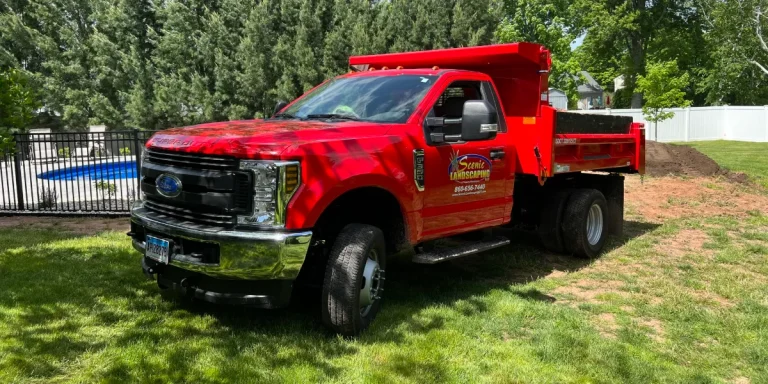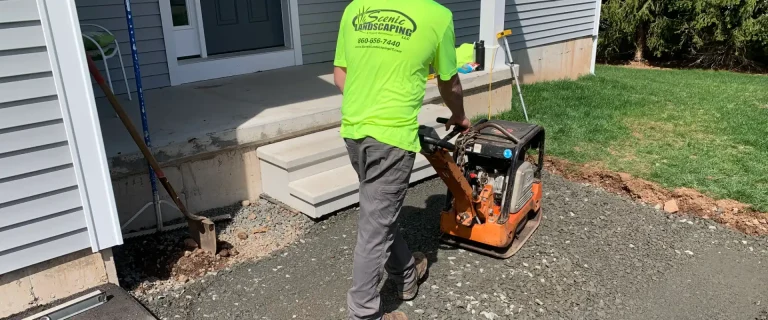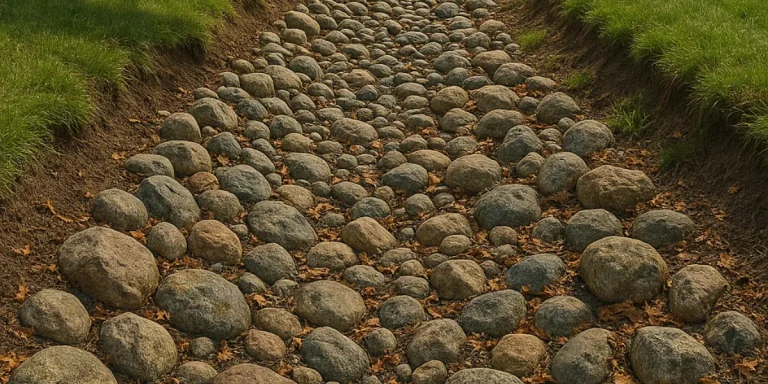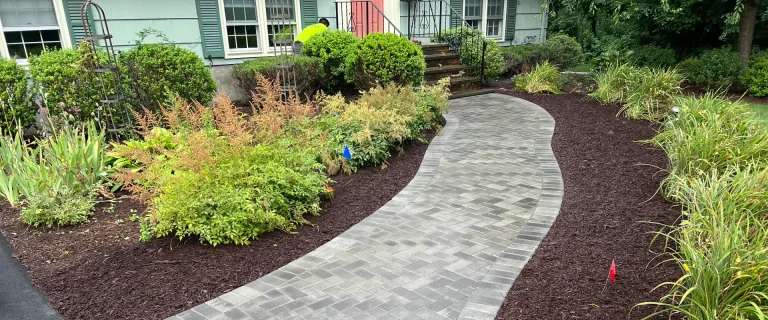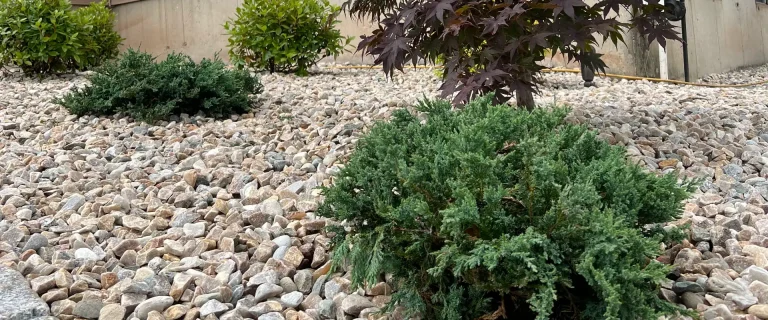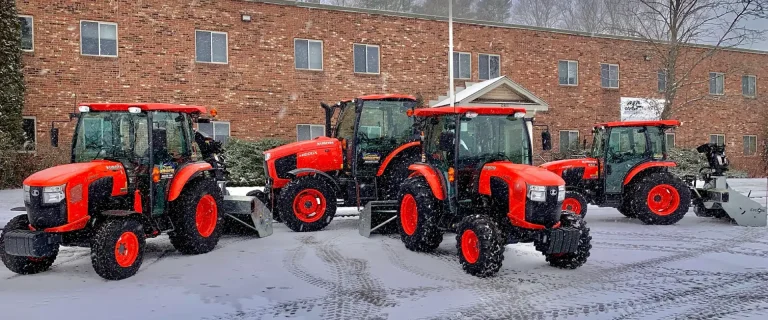What Causes Sod to Shrink or Pull Away?
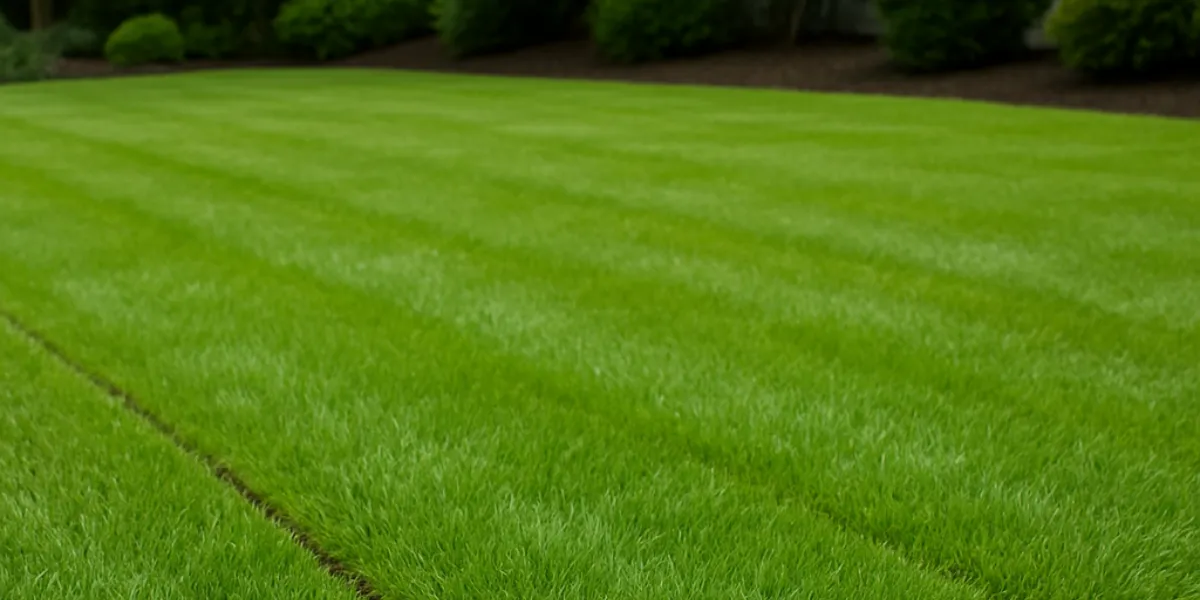
Installing new sod is one of the fastest ways to achieve a beautiful, green lawn—but what happens when it begins to pull back at the seams or shrink away from hardscape edges and planting beds? This frustrating issue is more common than you might think, especially in the first few weeks after installation.
At Scenic Landscaping, we help homeowners across Rocky Hill and Hartford County get to the root of these problems—literally—and keep their new lawns growing strong.
Why sod shrinking happens in new lawns
Freshly laid sod is a living, breathing material—and like any transplant, it needs the right environment to thrive. It must bond with the soil beneath it, absorb consistent moisture, and be protected from external stress while it establishes roots. When any part of this process is disrupted, you may notice the sod shrinking, separating at the seams, curling at the edges, or even drying out entirely.
At Scenic Landscaping, we’ve installed countless lawns throughout Rocky Hill and Hartford County, and we’ve seen firsthand how minor issues in the first few days can lead to visible gaps or patches if not addressed properly.
Below are the most common reasons new sod begins to shrink or pull away—and how we prevent it from happening.
1. Insufficient watering
Lack of water is the number one reason we see sod shrinking after installation. Because sod has a shallow root system during the first few weeks, it relies heavily on surface moisture. If it’s not getting enough water—especially at the edges and seams—it begins to shrink inward, leaving gaps between pieces.
Signs and causes include:
-
-
- Sod drying from the outer edges in, causing separation between rolls
- Dry soil preventing root development, leading to poor establishment
- Hot weather and wind rapidly drying the surface, especially on south-facing lawns or open areas
-
To prevent this, Scenic Landscaping ensures all new lawns receive a tailored watering schedule. We recommend:
-
-
- Watering 1–2 times daily for the first 10–14 days
- Applying enough water to soak at least the top 4–6 inches of soil
- Monitoring weather closely—hotter weeks may require more frequent watering
-
Skipping even a day or two can cause seams to lift or dry out—especially in the heat of summer.
2. Poor soil contact
Proper soil contact is essential for new sod to take root. If the ground underneath is lumpy, poorly graded, or full of debris, the sod will not settle evenly. This leads to air pockets that dry out faster and cause edges or corners to lift.
Why it happens:
-
-
- Air pockets between sod and soil create uneven moisture distribution
- Compacted or sloped areas may cause runoff or pooling, making some sections drier than others
- Skipping the rolling step after installation can leave sod floating above the base layer
-
Before installing sod, Scenic Landscaping performs expert grading, soil preparation, and optional soil amendment to promote bonding. We also roll every sod job after installation to remove air gaps and improve long-term success.
3. Heat stress and weather exposure
Connecticut’s summer temperatures can put extreme stress on new sod, especially if it’s not watered thoroughly or shaded. This heat stress accelerates evaporation, especially near hardscape edges or reflective surfaces like vinyl siding.
What contributes to heat stress:
-
-
- Direct sun exposure during peak hours (10 a.m. to 4 p.m.)
- Wind stripping away surface moisture faster than it can be replenished
- Drought conditions or water restrictions that limit irrigation
-
While we install sod year-round, we often advise clients to choose spring or early fall when temperatures are milder and moisture levels are more predictable. When summer installation is unavoidable, Scenic Landscaping adjusts watering frequency, recommends shade cloth if needed, and uses starter fertilizers to encourage faster rooting and better water uptake.
4. Delays between sod harvest and installation
Sod is harvested fresh from local farms, but it begins to dry out the moment it’s cut. If the rolls sit too long—either due to jobsite delays or poor scheduling—they can lose moisture and start to shrink before they're ever laid down.
What can go wrong:
-
-
- Sod that sits too long in the sun becomes dry, stiff, and harder to shape
- Pre-dried edges crack and curl, creating visible seams after installation
- Old or low-quality sod results in poor root establishment and inconsistent coloring
-
To ensure top-quality results, Scenic Landscaping uses only fresh-cut sod sourced from trusted Connecticut growers. We coordinate installations tightly to minimize the time between delivery and placement. Our crews lay sod quickly, water thoroughly, and roll the entire surface to lock it into place—setting your lawn up for immediate success.
How we fix shrinking or gapping sod
If your newly installed lawn is starting to pull away at the seams or develop unsightly gaps, don’t worry—it’s a common issue that can usually be corrected. At Scenic Landscaping, we’ve helped countless homeowners across Rocky Hill, Glastonbury, and surrounding areas bring their lawns back to life with the right combination of maintenance and professional care.
Here’s how we diagnose and repair shrinking sod to restore your lawn’s beauty and health:
1. Deep watering and moisture correction
The first and most important step is getting your watering routine back on track. New sod needs consistent, deep watering to keep both the turf and soil base hydrated. Shallow watering, uneven coverage, or missed irrigation can all contribute to sod shrinkage.
Our process includes:
-
-
- Adjusting your irrigation schedule based on seasonal weather, sun exposure, and soil conditions
- Ensuring full water coverage, especially at sod seams, corners, and high-sun areas
- Recommending morning watering to minimize evaporation and fungal growth
- Providing guidance or installation for irrigation upgrades if your system isn’t reaching critical areas
-
Proper hydration is key to preventing further separation and encouraging root anchoring.
2. Re-rolling and tamping the sod
If sod has lifted or shifted, we use professional equipment to re-set the turf and restore strong contact with the soil below. Re-rolling helps eliminate air gaps and improve moisture uptake where the sod has pulled away.
Our step-by-step approach:
-
-
- Roll or tamp uneven or lifted sod sections for better bonding
- Replace any sections that have become too dry or brittle to recover
- Apply a starter fertilizer rich in phosphorus to stimulate new root growth
-
These small corrections can often restore the integrity of your lawn without needing a full replacement.
3. Soil amendments and topdressing
When shrinking has left visible seams or low areas, we blend and smooth the surface using custom soil mixes. This creates an ideal growing environment and encourages neighboring turf to spread into the gap.
Our recommendations may include:
-
-
- Topdressing with screened topsoil, compost, or a loam blend to improve structure
- Overseeding bare seams with premium grass seed selected for Connecticut’s climate
- Incorporating compost to increase organic matter and retain moisture
- Performing core aeration (in the following season) to relieve compaction and improve root health
-
Topdressing not only fills in gaps—it also boosts soil performance for long-term results.
4. Install edging or border protection
Many cases of sod shrinkage occur along the edges of hardscapes, where runoff, mowing, or foot traffic wears the sod away. To reinforce these vulnerable zones, we may recommend adding physical protection along your lawn’s perimeter.
Options include:
-
-
- Stone or concrete edging to hold sod in place and prevent movement
- Paver borders that protect the lawn from erosion and define clean lines
- Mulch beds along fences, patios, or planting areas to ease the mowing edge and reduce stress on the sod
-
These landscape upgrades not only improve sod performance—they also enhance the visual appeal of your yard.
At Scenic Landscaping, our team takes a comprehensive approach to sod installation, repair, and landscape maintenance. Whether your gaps are due to improper watering, poor soil contact, or weather stress, we’ll create a custom solution that restores your lawn’s health and keeps it looking its best.
We proudly serve homeowners and businesses in:
-
- Rocky Hill
- Glastonbury
- Wethersfield
- Newington
- Berlin
- Cromwell
- Middletown
- West Hartford
- Greater Hartford County and surrounding areas
If your sod is pulling up or shrinking along seams, Scenic Landscaping is ready to help restore it—and prevent the problem from returning.
Let’s fix your lawn before it gets worse
Don’t let gaps or curling sod ruin your new lawn. Scenic Landscaping provides expert sod installation, lawn repair, and seasonal maintenance services across Central Connecticut. Call us at (860) 656-7440 or request a free estimate online. We'll assess the problem and provide a solution that keeps your yard looking green, even, and healthy year-round.

